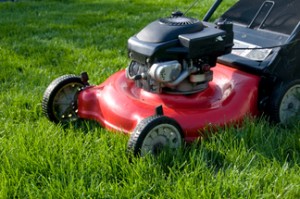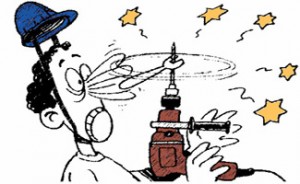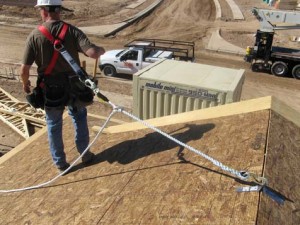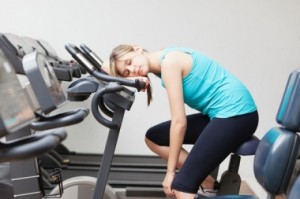
1. Your workout leaves you exhausted versus energized. If you finish your workout feeling like you need a nap, rather than feeling revitalized and ready to conquer the next thing, you are likely pushing yourself too hard or too long, and it may be time to assess and scale back those workouts.
2. You are unexplainably irritable and moody. If small things are setting you off, and you can’t figure out why your fuse is short or your moods are so funky, this could be a sign that your body is worn down and fatigued. Your body may be screaming for a vacation from exercise, so take one!
3. You’re sleeping too much or can’t sleep. Are you restless and unable to sleep through the night no matter how tired you feel? OR, does it not matter how much sleep you get you STILL feel tired? Both of these can be caused by overtraining. When you exercise too much, your body can interpret it as a stressor, sending out stress hormones like cortisol that makes sleeping difficult. On the flip side, overtraining can actually make some people more tired than normal. Sleep is the time when the body and brain repairs itself, so if you’re pushing it too hard, your body might be telling you that it needs more rest that you’re giving it.
4. You have ”heavy” legs. Rather than walking or jogging with ease, your legs feel like dead weights. Heavy, tired and overly fatigued legs (or arms) can be caused by muscles that just haven’t had enough time to fully recharge and repair.
5. You get sick frequently or can’t seem to recover. When you over-exercise you break your body and immune system down, so you are more susceptible to getting sick, or it takes you longer to recover.
6. You feel sore for days at a time. Rather than bouncing back from a tough workout, if your body is constantly aching or sore it’s a warning that you need to step back and allow it to repair itself.
7. You feel unmotivated and/or “blue.” It seems ironic since exercise has been shown to boost feel-good endorphins, but overtraining has been linked to a decrease in energy and mood, so you need to relax and restore.
via 7 Serious Signs of Over-Exercising | LIVESTRONG.COM.
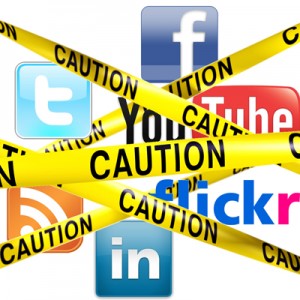 Social networking sites are Internet-based services that allow people to communicate and share information with a group.
Social networking sites are Internet-based services that allow people to communicate and share information with a group.



